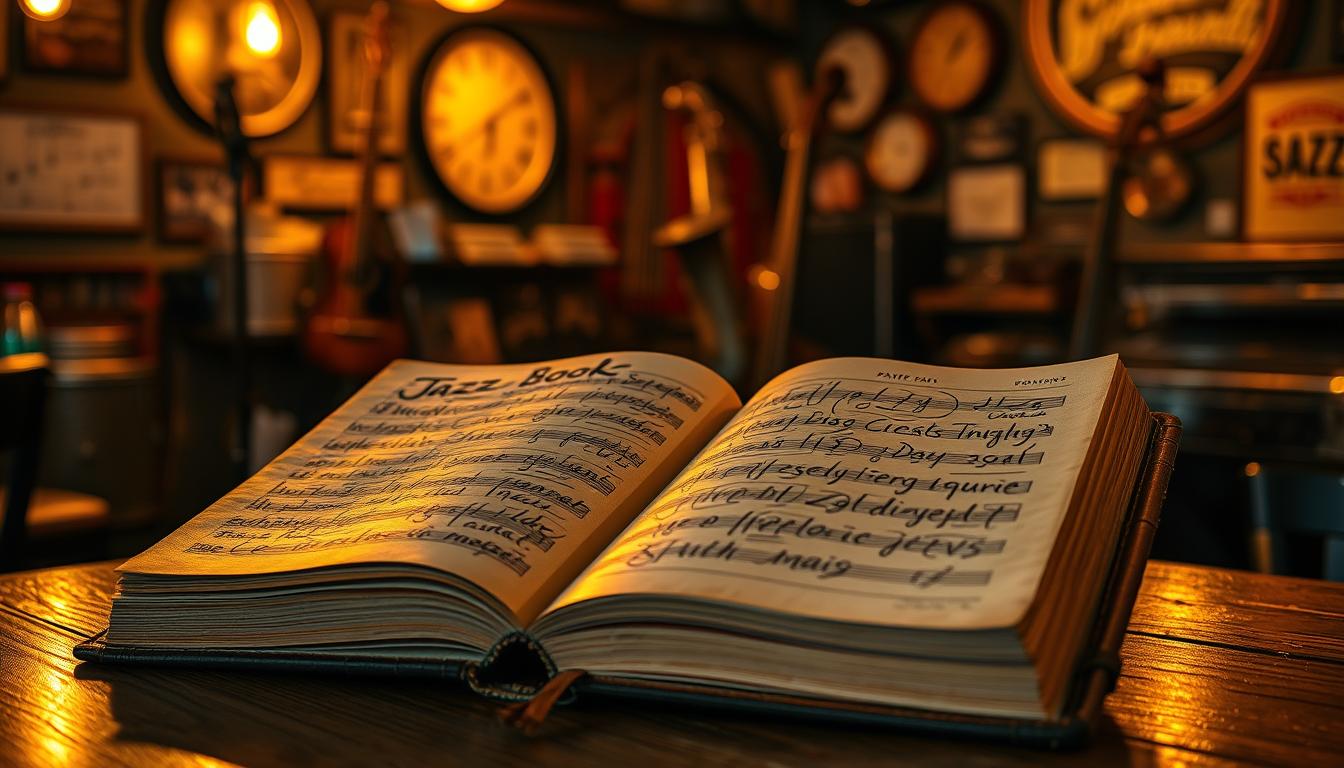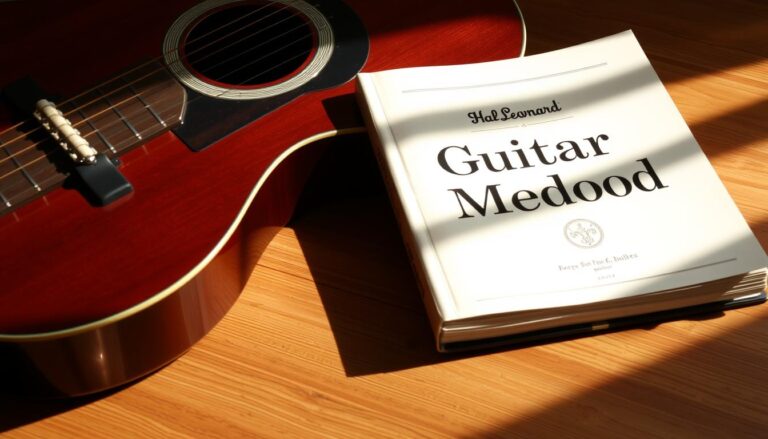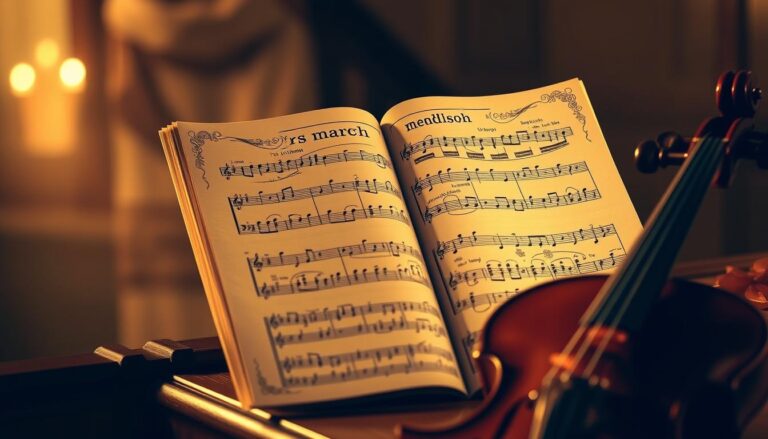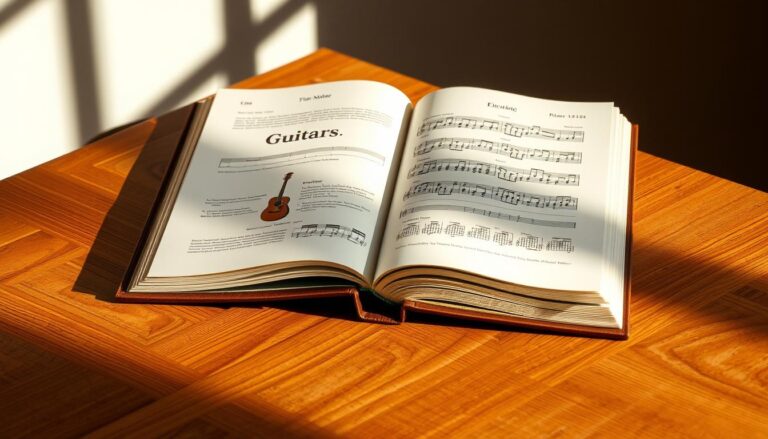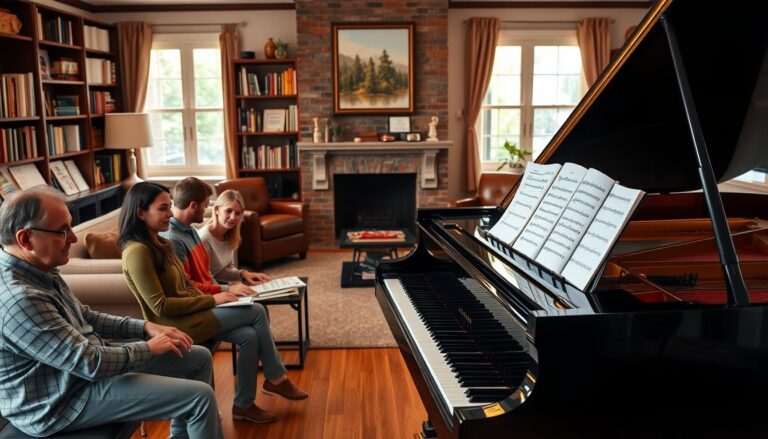Jazz Fake Book: Comprehensive Journey to Jazz Standards
This guide presents a concise, data-driven review of popular fake and real reference volumes used by professionals who need reliable charts for gigs and sessions. It frames selection criteria across formats, from Digital Editions to softcover, and highlights leading publishers such as Hal Leonard. The report covers market size, with 174 listed fakebooks and clear distinctions between Fake Book and Real Book Series.
Readers will find practical evaluation metrics: chord accuracy, engraving readability, page turns, transposition for various instruments, and standards coverage aligned with a player’s list. The text clarifies role-specific needs for bass and rhythm sections, and for horns and transposing instruments, with an emphasis on consistent form labeling and predictable charts that save rehearsal time. It also stresses legal sourcing and the value of publisher-authorized editions.
Key Takeaways
- Market breadth: 174 fakebook listings across formats and series.
- Selection criteria: accuracy, engraving, page turns, transposition, standards coverage.
- Role needs: bass players need clear phrasing and form cues; horns require transposed editions.
- Publisher focus: prioritize reputable lines like real book and Hal Leonard editions.
- Legal sourcing: buy authorized editions; avoid unreliable online scans.
How to Choose the Right Fake Book for Jazz Standards Today
Choosing a reliable lead-sheet volume requires checking changes, page handling, and instrument transposition options. Professionals should evaluate editions against core criteria: accuracy of harmony, engraving clarity, and arrangement practicality.
Key features that matter
Prioritize changes accuracy. Select a resource whose harmonies match standard recordings and pro practice. Online lead sheets can be imperfect; verify by ear when possible.
Formats and editions
Weigh Digital Editions (72 listed) versus Softcover (54 listed). Digital supports fast search and annotations. Softcover favors low-latency page turns and stable on-stand use. Factor lighting, battery, and page management into format choice.
Publishers and instrument alignment
hal leonard is prominent (25 references) and the Real Book Series totals 70 items. Sher Music and Berklee Press appear less frequently but are respected. Confirm availability for C, Bb, and Eb editions so horns, bass, and rhythm parts align with ensemble needs.
- Check the index: build a standards list to ensure the tunes you need are included.
- Assess arrangements: prefer concise charts with clear form labels and essential tags.
- Buy authorized editions: ensure durable printing and accurate edits to save time on the bandstand.
Best picks by player and purpose: from first fake book to pro-ready charts
Recommendations map player roles to editions that reduce rehearsal time and onstage mistakes. The list below prioritizes clarity, reliable changes, and practical layouts for performance use.
For beginners
Easy Fake Books and Mini Fakebooks provide simplified melodies and harmonies. They accelerate repertoire building and support consistent practice of core standards.
For working players
Professionals favor the Hal Leonard Real Book Series for consistent engraving and predictable page layout. Sher Real Books serve as a robust alternative for readable charts and reliable arrangements.
For bassists and rhythm section
Choose editions that show groove implications, concise form cues, and clear harmonic rhythm. Prioritize notation that makes walking lines and turnaround points unambiguous at performance tempi.
Genre-focused and digital workflows
Use genre-specific collections for targeted practice—bebop cycles for fast ii–V work, latin sets for clave patterns. For PDFs, organize set folders, mark codas, and plan page turns to maintain continuous performance flow.
- Tip: keep a primary real book and a backup PDF for reliability.
- Tip: verify C/Bb/Eb editions for horn alignment before a gig.
Jazz fake book comparison and where to buy
Market data helps buyers weigh edition counts, publisher concentration, and regional availability before purchase.
Market snapshot
The catalog lists 174 products under fakebooks. Breakdown: 88 in Fake Book entries and 70 in the Real Book Series. Hal Leonard shows 25 tagged editions.
Availability and legality
Authorized publisher editions remain the most reliable source for accurate changes and vetted engraving. Some titles have been removed from online libraries for rights reasons.
- Regional buying: confirm availability; EU shoppers are often directed to MusicRoom.com.
- Format trade-offs: digital editions aid search and annotations; softcover avoids latency and battery risk on stage.
- Procurement tip: keep a secondary real book or alternate books line to cover missing tunes and protect performance time.
- Role fit: bass and rhythm parts require clear form cues and harmonic rhythm; horns need proper transposed editions.
Conclusion
The right reference volume reduces rehearsal time and prevents onstage surprises. Choose editions that prioritize changes reliability, clear engraving, and standard forms to cut rehearsal overhead and avoid chart confusion.
Data-driven selection matters: the catalog lists 174 products (88 Fake Book entries, 70 Real Book Series), with 25 Hal Leonard editions, 72 Digital Editions, and 54 softcovers. Favor authorized books and reputable series to secure accurate tunes and dependable charts for bass and ensemble needs.
Maintain a primary book plus a secondary source, track a compact index of standards, and manage page or file turns before gigs. Periodic review of others in the library keeps coverage current and performance risk low.
FAQ
What distinguishes a reliable fake book from unauthorized compilations?
A reliable compilation is published by an established music publisher such as Hal Leonard, Sher Music, or Berklee Press and includes verified chord changes, accurate lead-sheet notation, and clear copyright information. Authorized editions ensure legal clearance and consistent editorial standards; unauthorized downloads often contain transcription errors and pose legal risks for performance and distribution.
How should a working professional select the right edition for gig use?
Professionals prioritize accurate changes, readable page layouts, and formats that suit their workflow. Choose editions with clear form cues, reliable tempos, and transpositions for your instrument. For on-stand use, softcover or spiral-bound copies reduce page-turn issues; for tablet use, pick publishers that offer high-resolution PDFs and compatible digital licensing.
Which editions are most suitable for bassists and rhythm-section players?
Bassists benefit from editions that present clear bass clef notation, harmonic cues, and groove-oriented arrangements. Look for volumes labeled or reviewed for rhythm-section clarity; Sher Real Books and specific Hal Leonard bass-focused collections often include concise form markings and suggested basslines that streamline comping and walking-line decisions during performance.
Are digital fake books practical for live performance, and what are key considerations?
Digital editions are practical when paired with robust hardware and software. Key considerations include screen size, reliable page-turn solutions (foot pedals or Bluetooth), file organization, and offline access. Use publisher-approved PDFs to preserve layout fidelity; ensure licensing terms permit public performance and multiple-device use.
How comprehensive are standard real book song lists for gig repertoire planning?
Major series such as the Real Book and Sher Real Books typically cover core standards across bebop, swing, ballads, and Latin styles, offering a broad base for gig repertoire. However, no single volume contains every tune a band might need. Cross-reference multiple editions and publisher catalogs to confirm inclusion of specific standards required for planned sets.
What should beginners look for when choosing an introductory fake book?
Beginners should choose collections labeled “Easy” or “Mini” that feature simplified chord voicings, reduced rhythmic complexity, and clear melody lines. Prioritize books with concise form markers and basic transpositions. Supplement practice with backing tracks or play-along resources to build tempo control and harmonic awareness.
Where can professionals purchase authorized editions and verify availability?
Authorized editions are available through major retailers such as Sheet Music Plus, Musicnotes, and publisher storefronts (Hal Leonard, Sher Music, Berklee Press). Verify ISBNs and publisher listings to confirm legitimate copies. Institutional suppliers and university music stores also stock vetted editions suitable for professional use.
